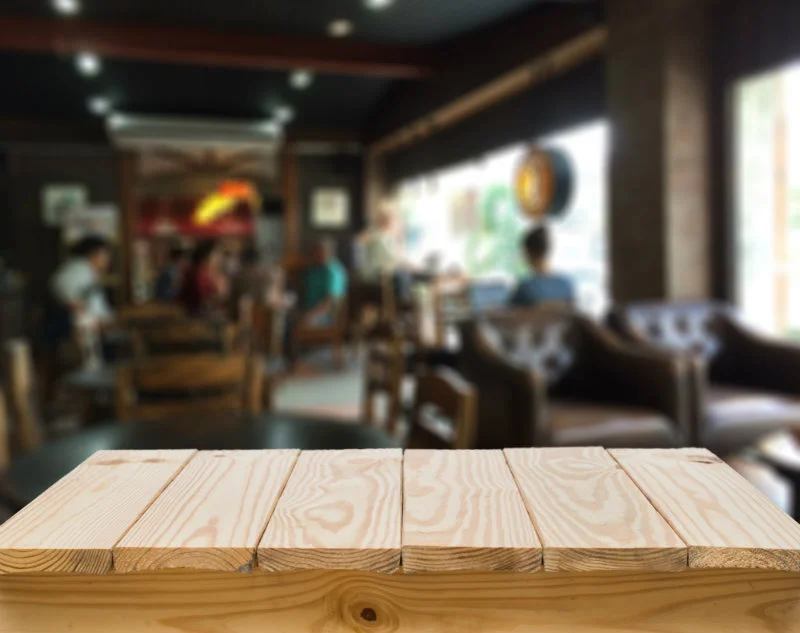Sociologist Ray Oldenburg coined the phrase “Third Place” in his 1989 bookThe Great Good Place. The extended sub-title of the book helps to clarify the concept; Cafes, Coffee Shops, Bookstores, Bars, Hair Salons and Other Hangouts at the Heart of a Community.”
But what exactly is a Third Place? According to Oldenburg the first place is our home and the people with whom we live. The second place is where we work and the place we spend the majority of our waking hours. A Third Place is a public setting that hosts regular, voluntary, and informal gatherings of people. It is a place to relax and have the opportunity to know and be known by others. It is a place people like to “hang out.” Oldenburg identifies eight characteristics that Third Places share:
- Neutral Ground. People are free to come and go as they please. There are no time requirements or invitations needed. Much of our lives in first places and second places are structured, but not so in Third Places.
- Act as a Leveler. People from all walks of life gather in Third Places. There are no social or economic status barriers.
- Conversation is the Main Activity. The talk is lively, stimulating, colorful, and engaging.
- Assessable and Accommodating. They tend to be conveniently located, often within walking distance of one’s home.
- There are Regulars. It is easy to recognize that many patrons are regulars at the establishment. But unlike other places, newcomers are welcomed into the group.
- Low Profile. As a physical structure, they are typically plain and unimpressive in appearance.
- Mood is Playful. With food, drink, games, and conversation present, the mood is light and playful. The mood encourages people to stay longer and to come back repeatedly.
- A Home Away From Home. At their core they are places where people feel at home. They feel like they belong there, and typically have a sense of ownership.
Why is it so important for Christ followers to understand the concept of Third Places? Because the vast majority of people in the United States are living isolated, relationally impoverished lives. And Third Places offer an opportunity for missionally minded people to do life in proximity to others. We must take the time to identify where the Third Places are in our setting. Where do people gather to spend time with others? Where are the coffee houses, cafes, pubs and other hangouts?
But in addition to the typical Third Places as described by Oldenburg, what are some “atypical” places where people congregate? Think of places such as libraries, parks, farmer’s markets, workout centers, etc. We may need to “think outside the box” when identifying where people gather. But once identified we must seek ways to engage those places. This will involve embedding our lives incarnationally into Third Places, listening and learning where God is at work, and asking how we can participate in what God is doing.
Where do you recognize a sense of isolation or loneliness in your neighborhood? Do you yourself experience feelings of isolation from your neighbors? How does the Gospel, the good news of the Kingdom, address the issue of isolation? Do you believe the sense of community is increasing or decreasing in your neighborhood? Why? What are the easily identified Third Places in your neighborhood?
Adapted from Missional Essentials

